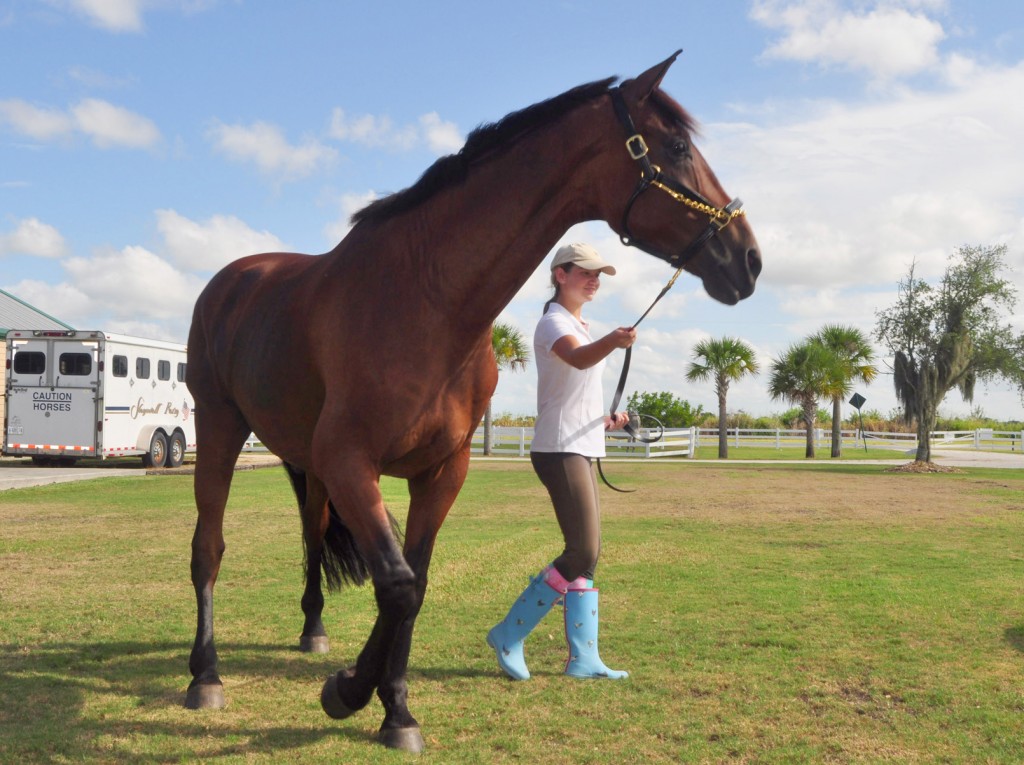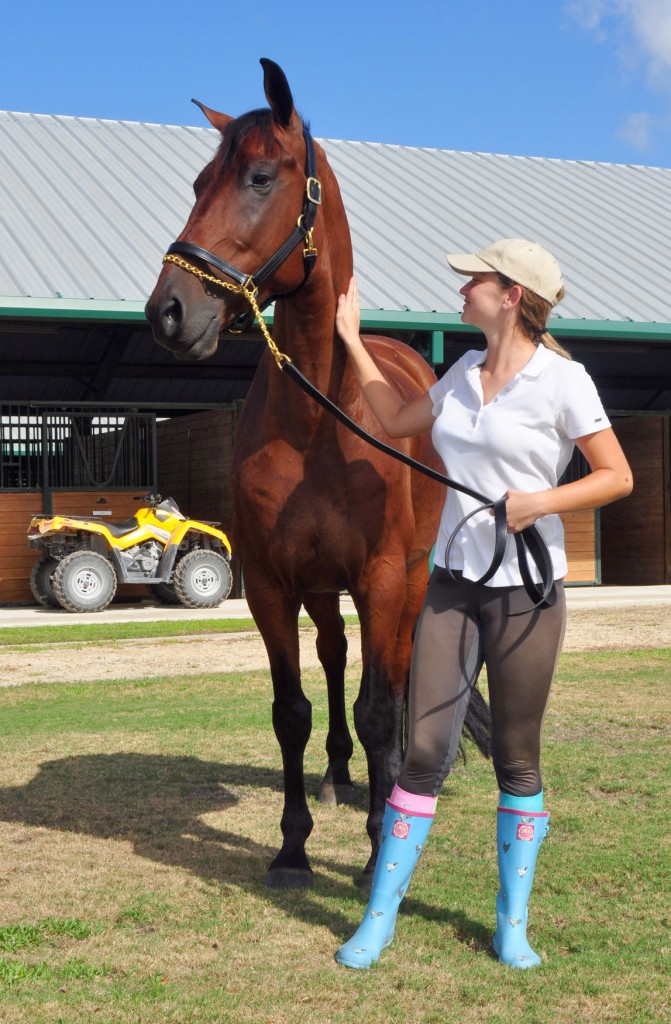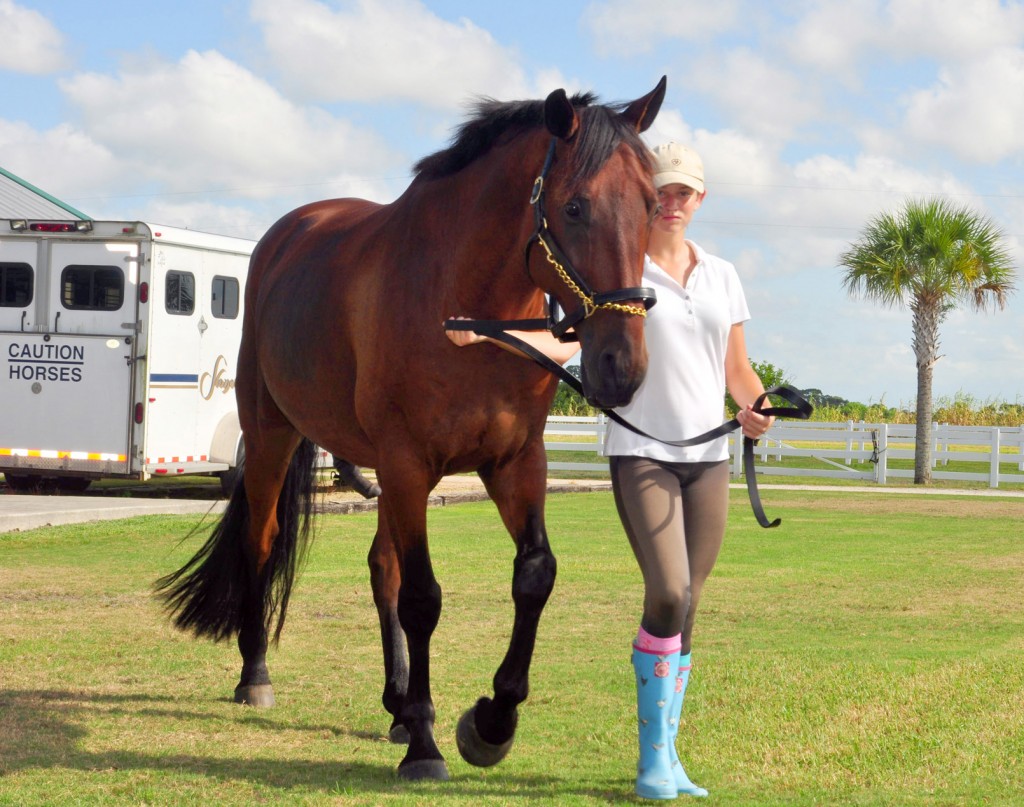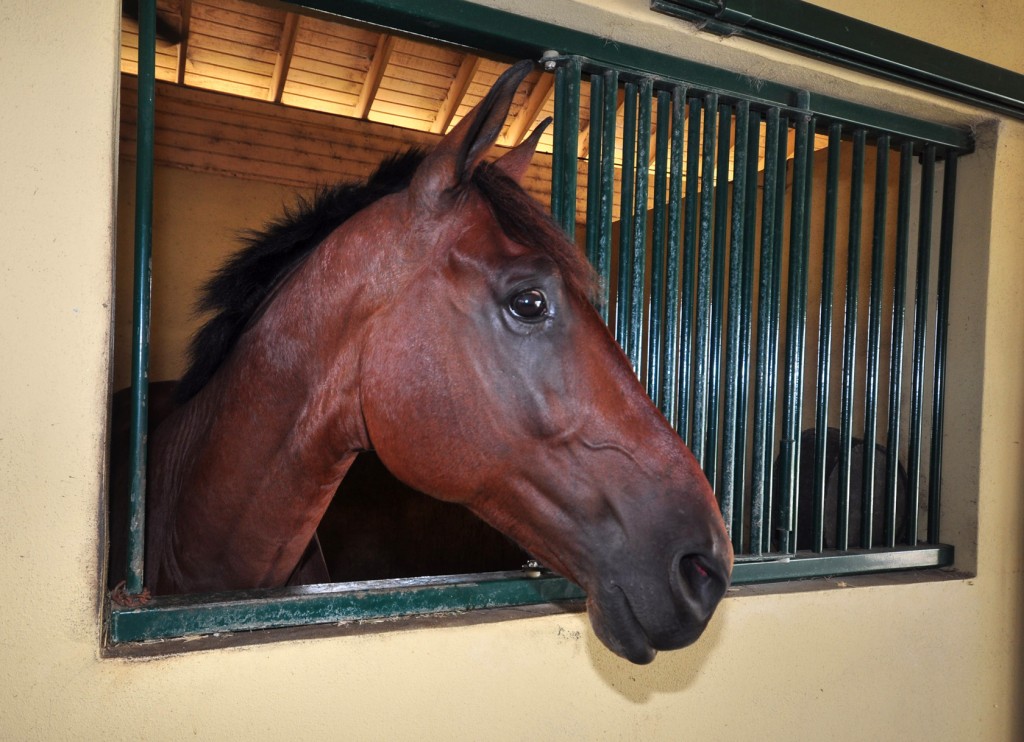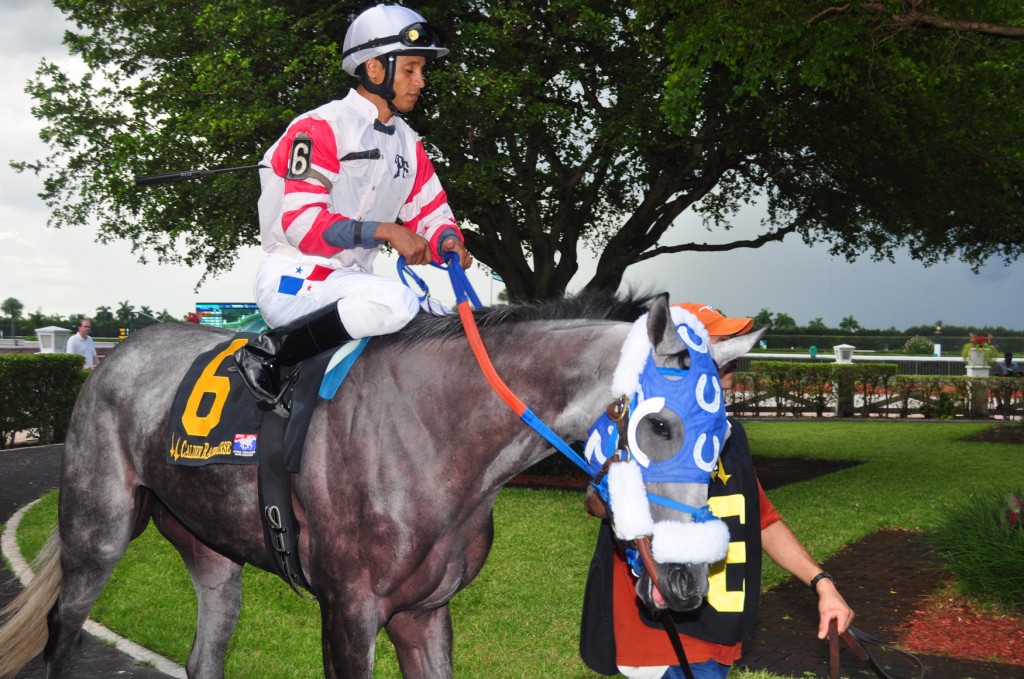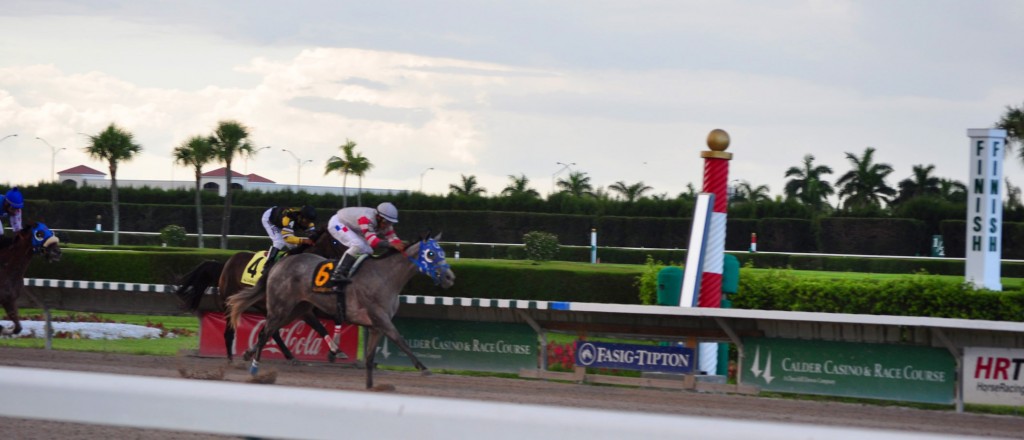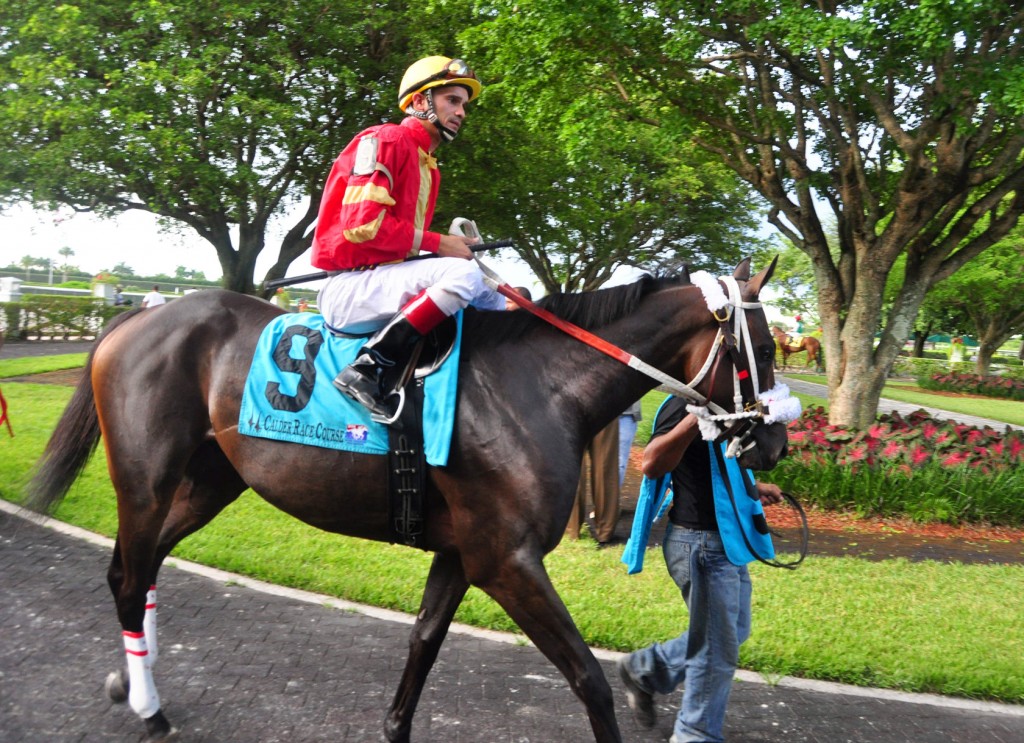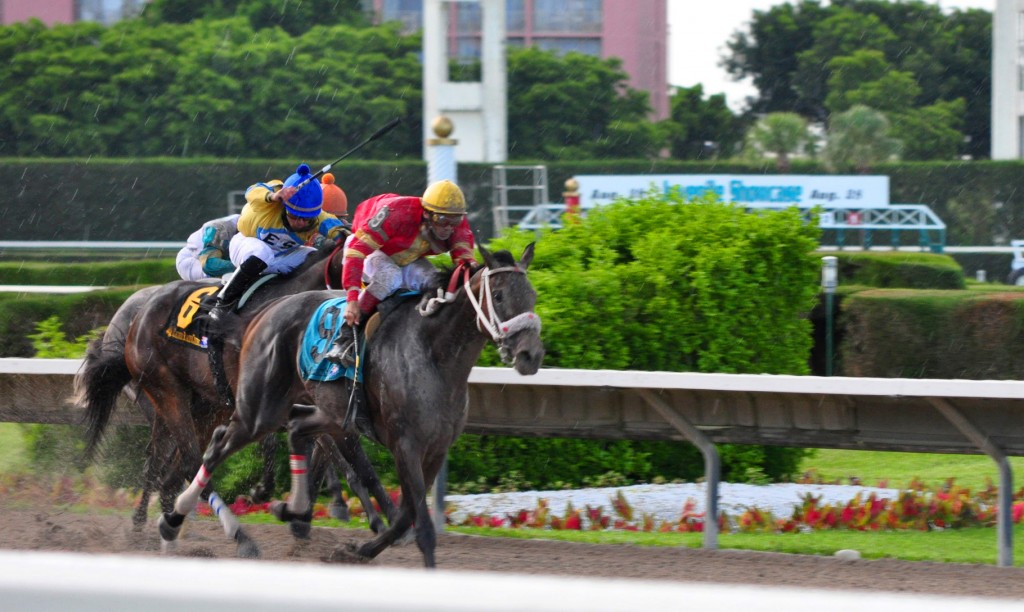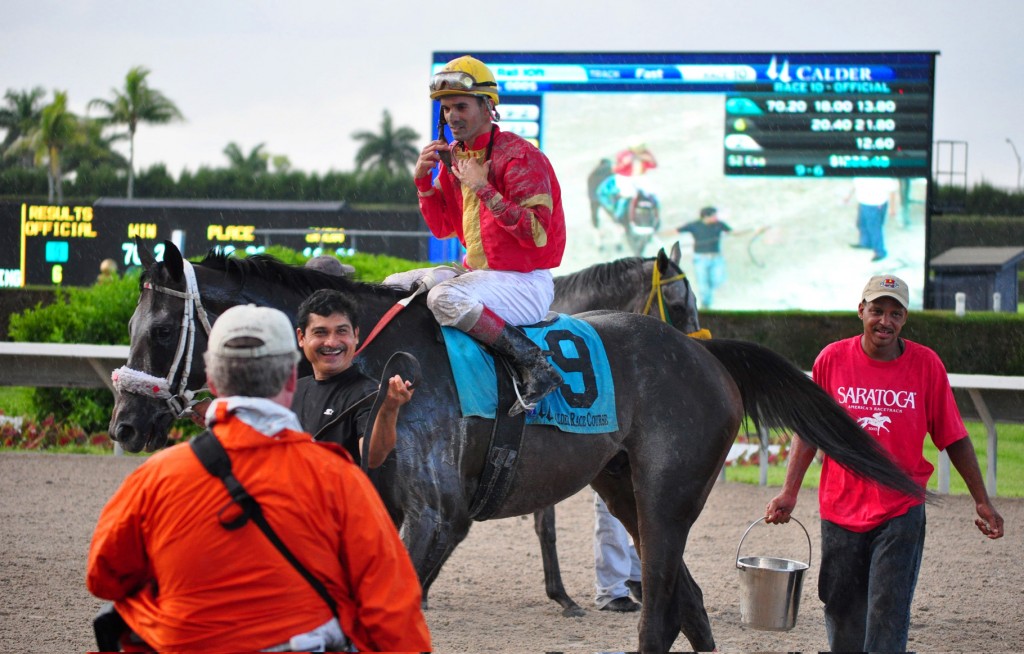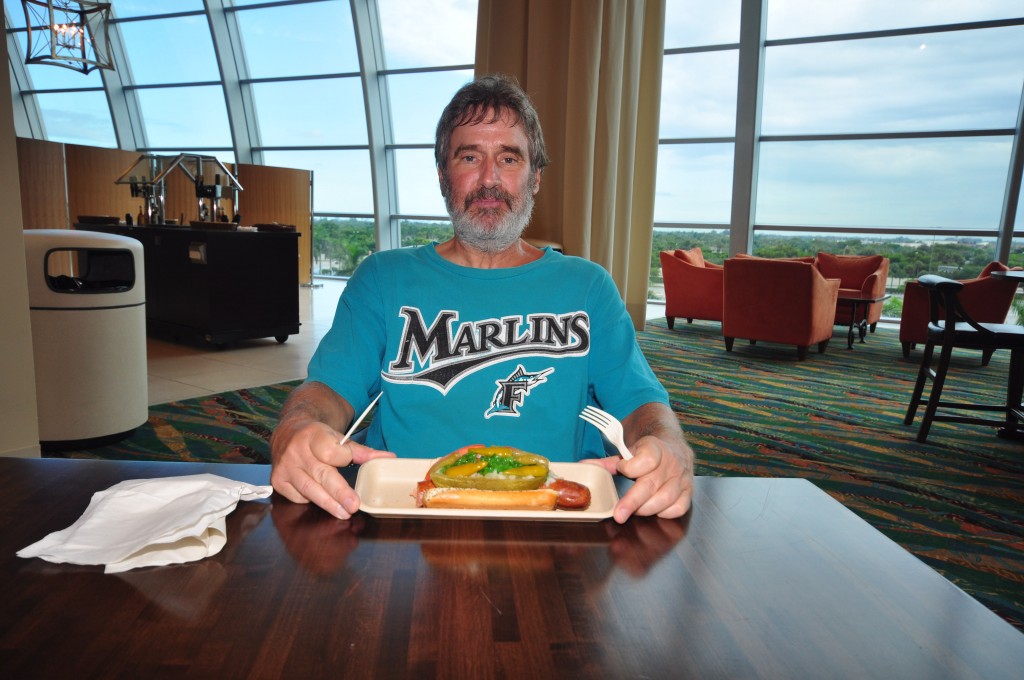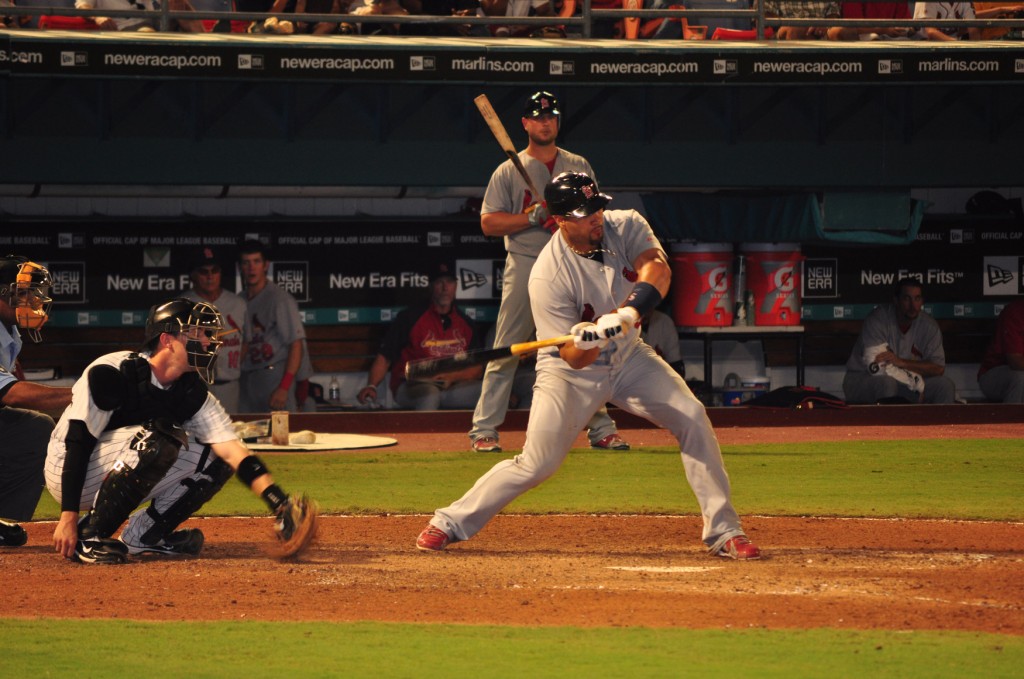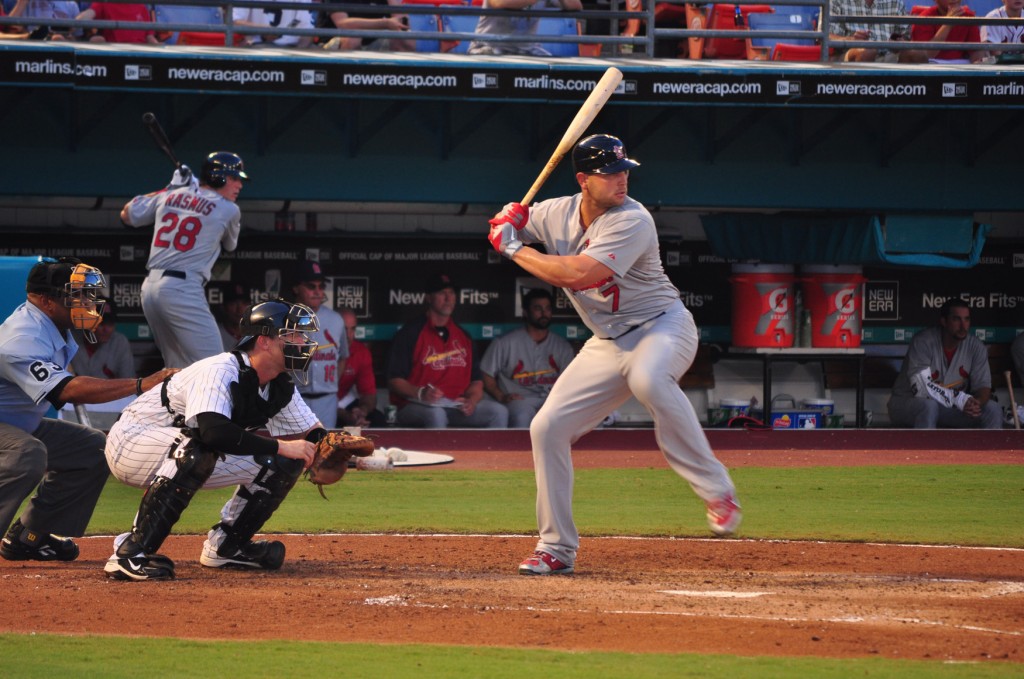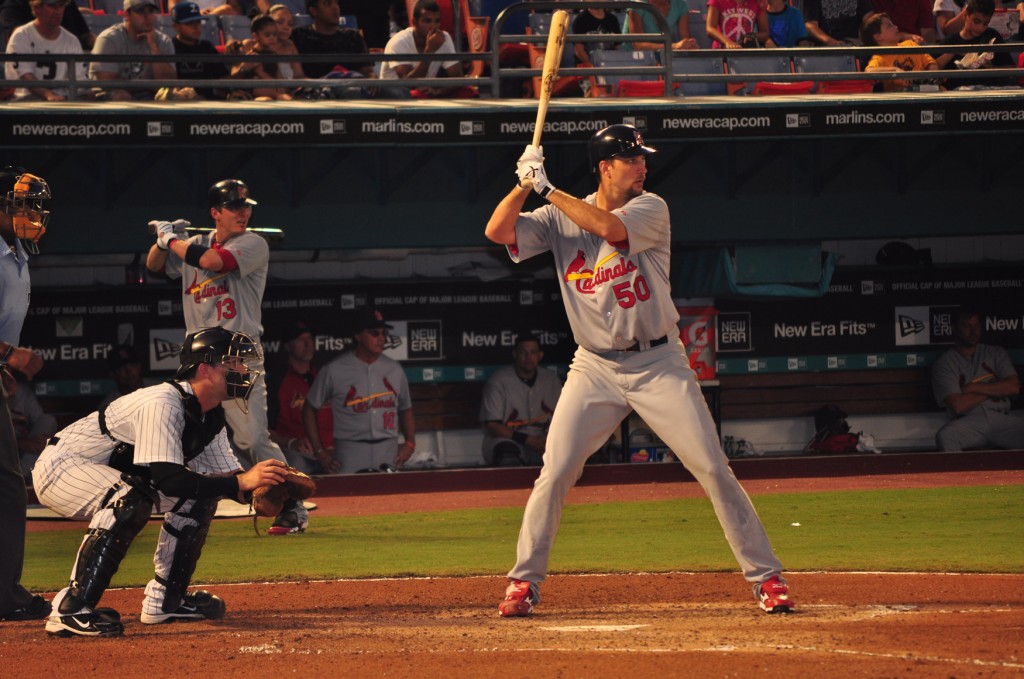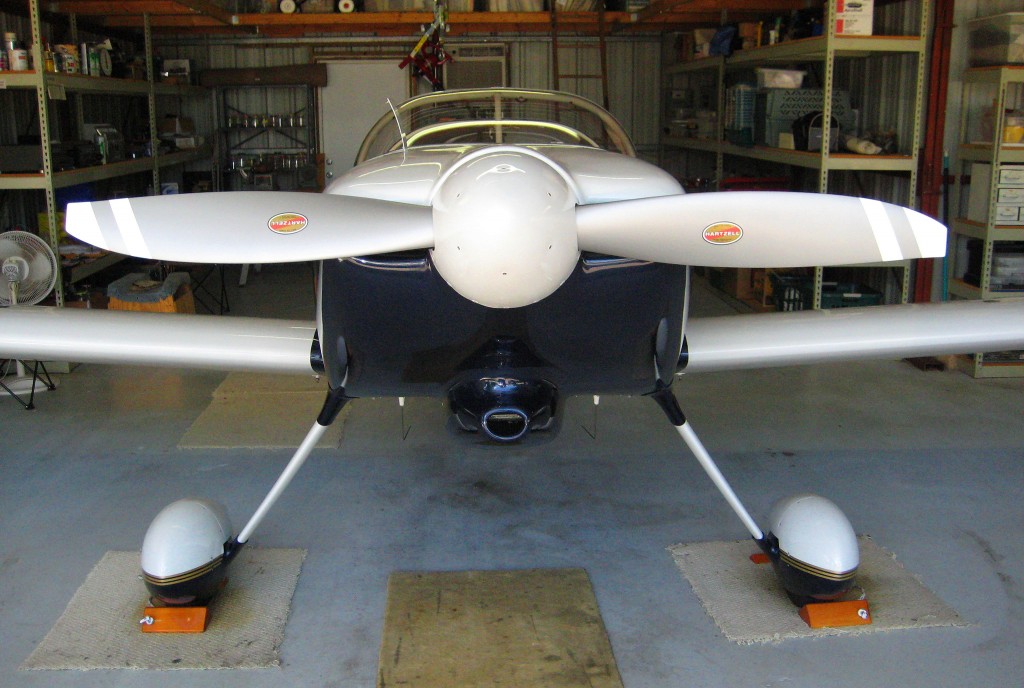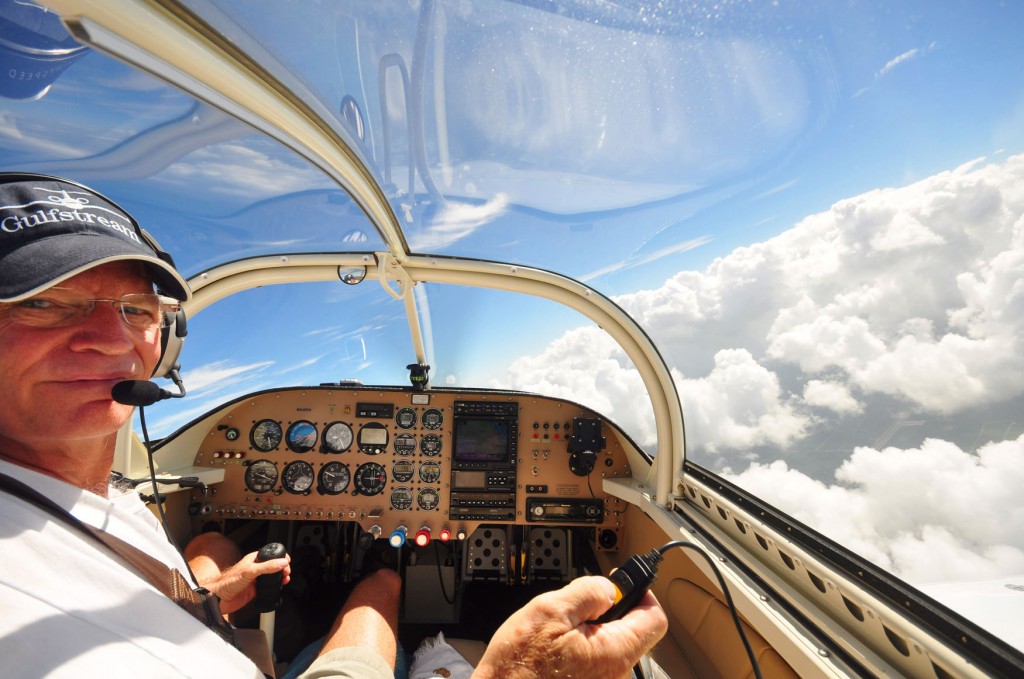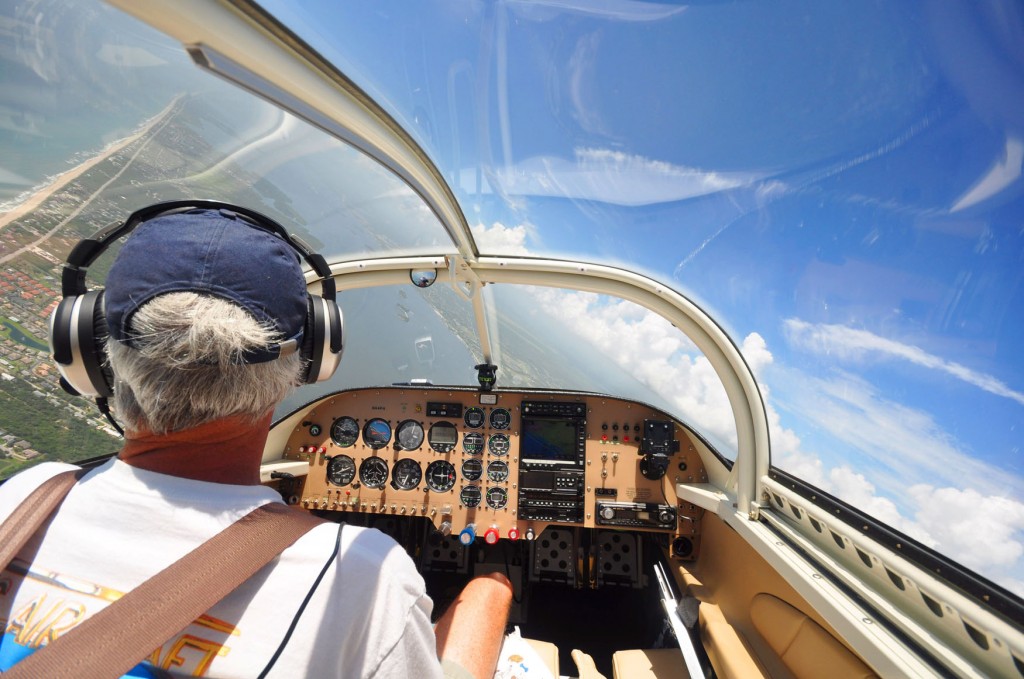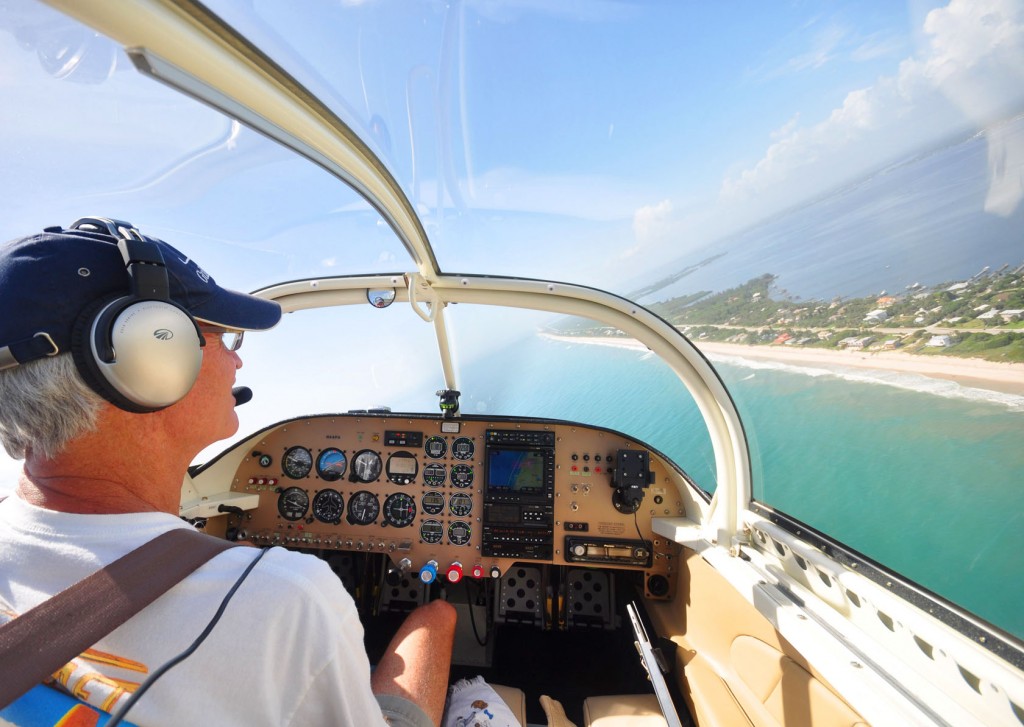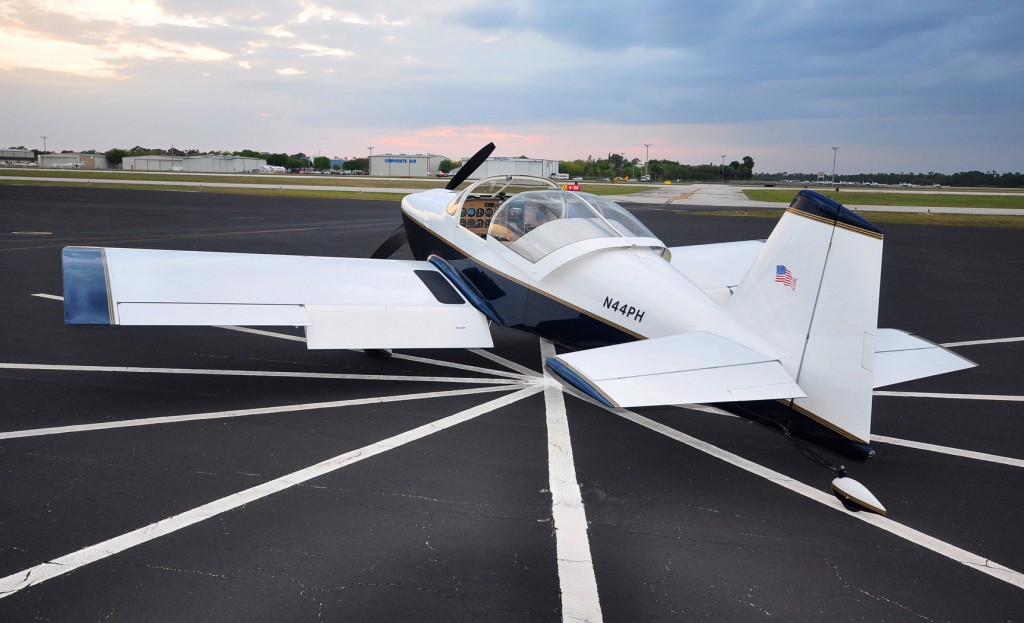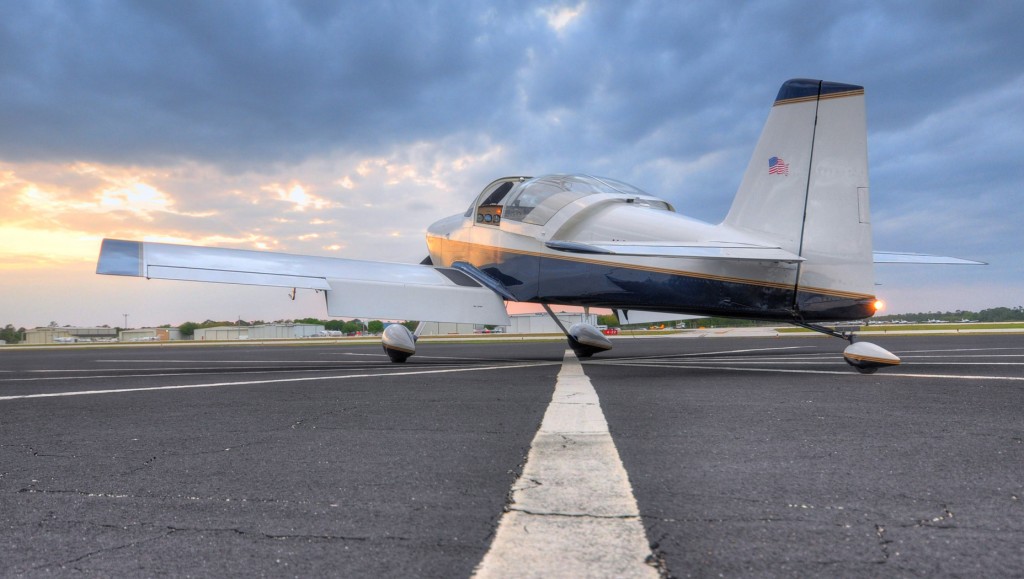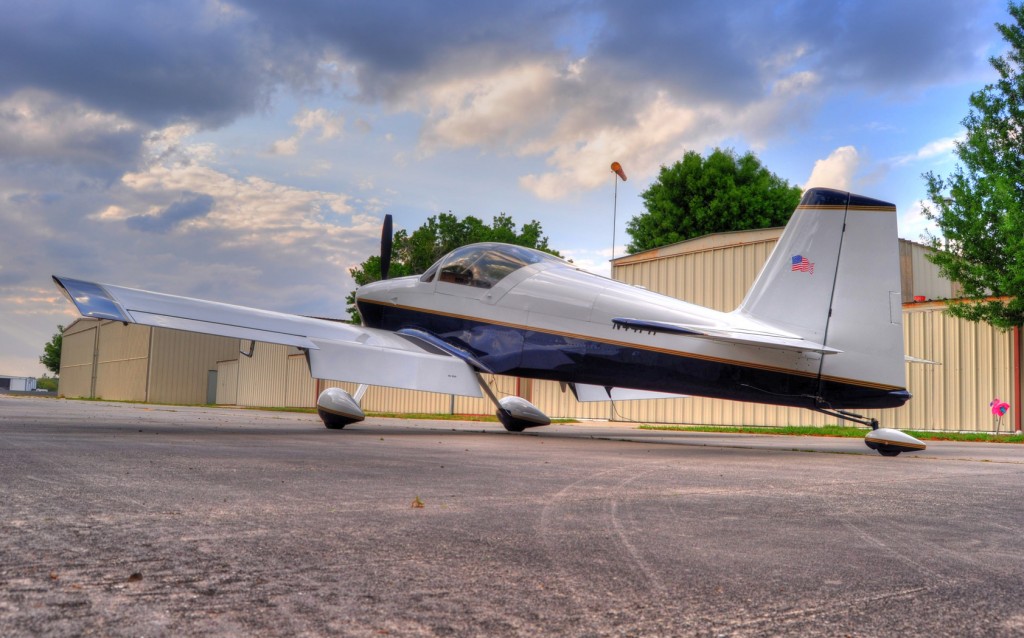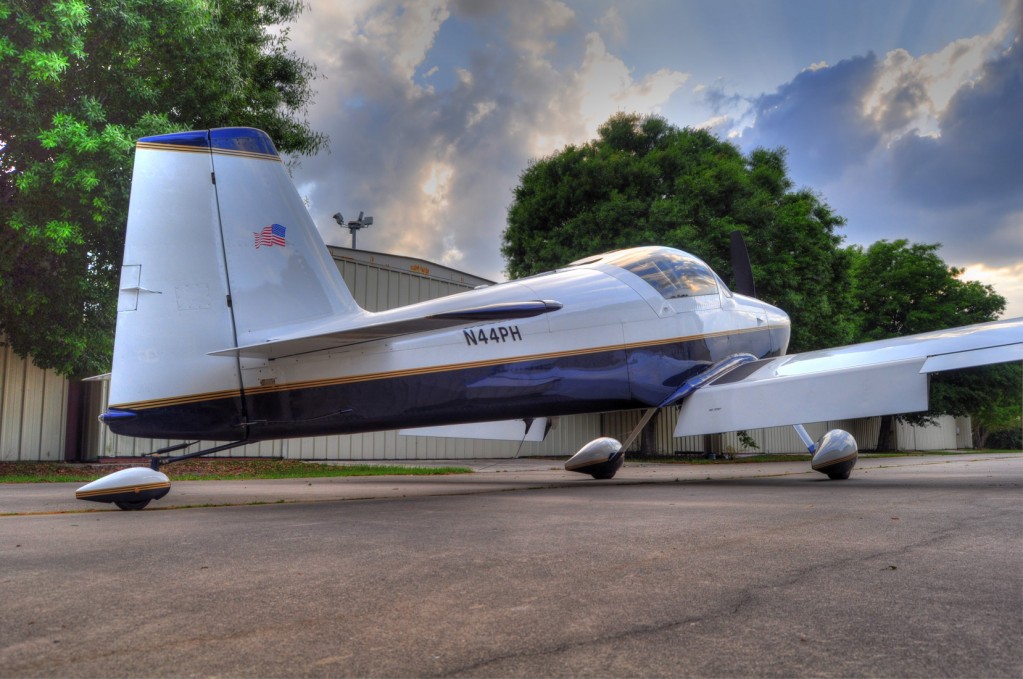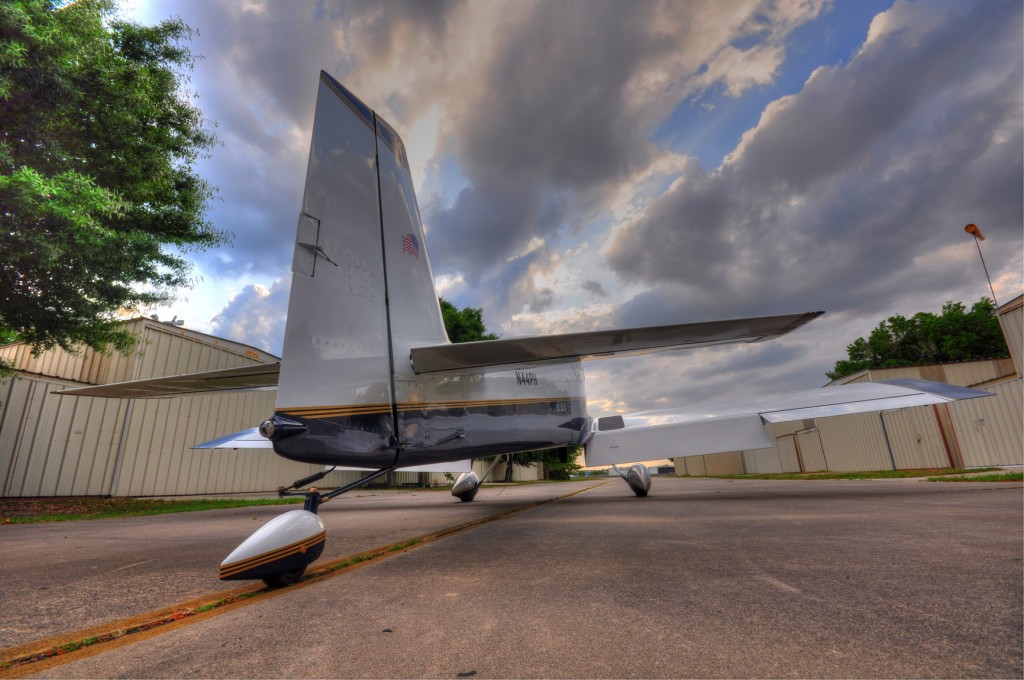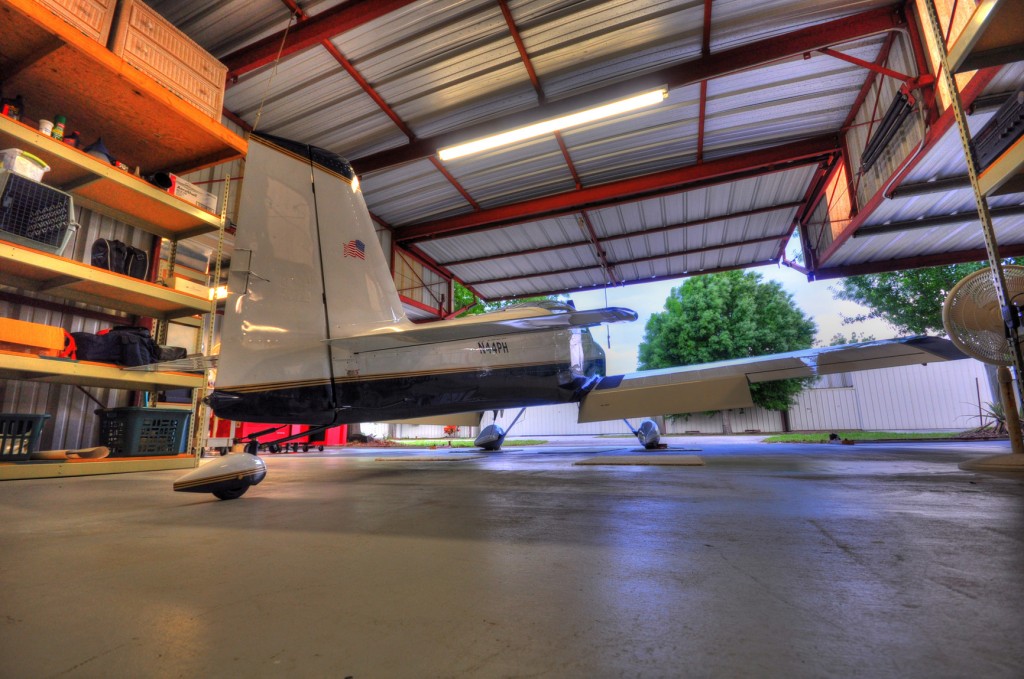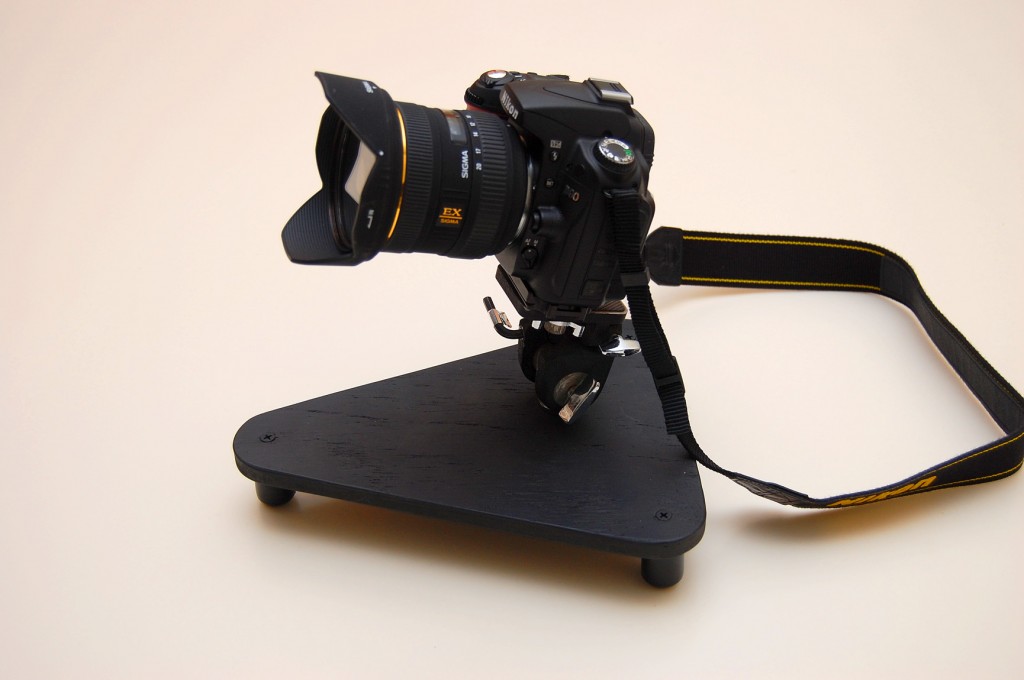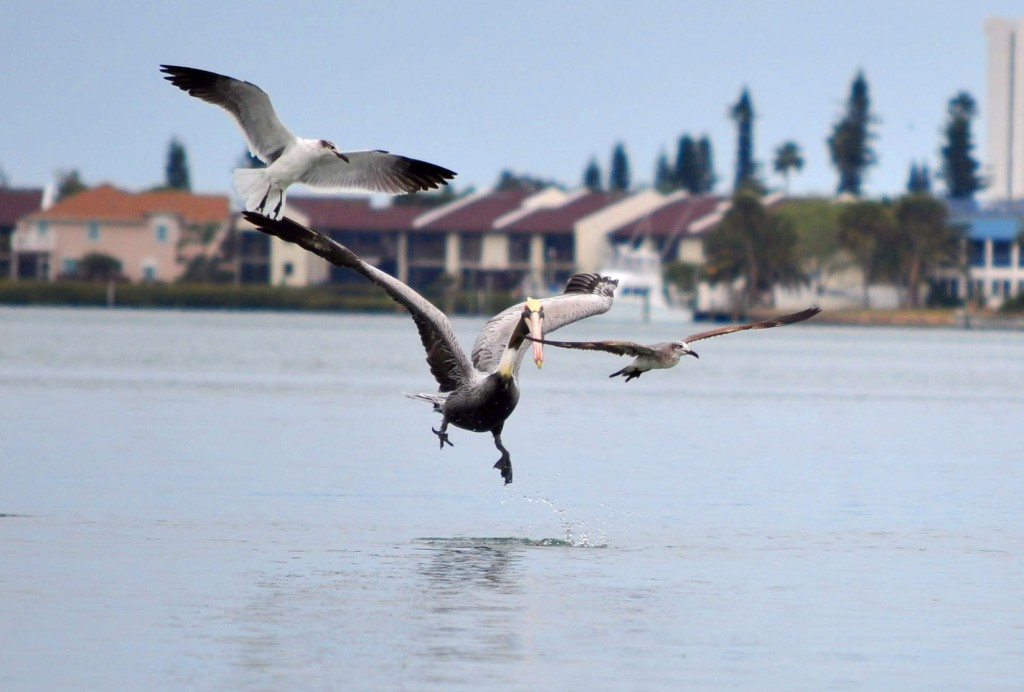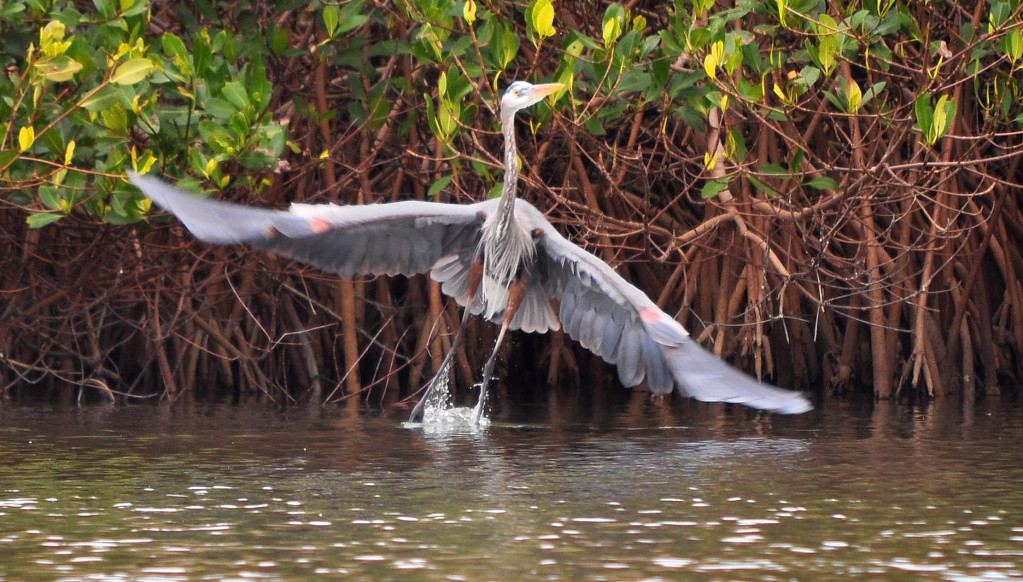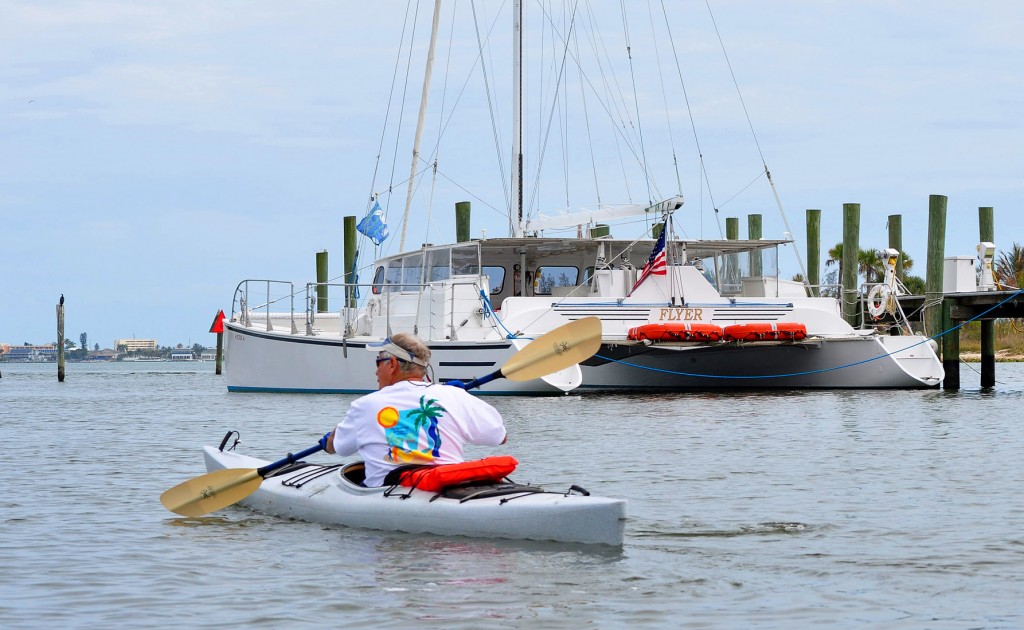Meet Apollo… He’s not Greek
Here's Chloe's new horse, Apollo, a Dutch Warmblood. He's a 7 year-old gelding and was imported from the Netherlands in June. We picked him up this past Thursday from the seller's farm in Loxahatchee. He's a bred and trained dressage horse. Chloe is ecstatic, obviously.
Chloe had gone about as far as she could with her quarter horse, Shela. A quarter horse is perhaps not the best choice for dressage, but obviously Shela was a starter horse for Chloe, and we knew that eventually she would need to move up to a warmblood. This is a big step up for her, but she worked hard, was dedicated, and certainly earned her way up to this horse.
A Great Day in Miami
My neighbor, Ron, and I made our annual trek down to Miami for a day at the race track and an evening ball game on August 6th. Ron's a Cubs fan and I'm a Cardinals fan, so we have our mini cross-street rivalry going on. This year we picked a Cardinals game, last year the Cubs... playing the Marlins, of course.
Ron is the handicapper extraordinaire, so between us we picked a couple of winners and both walked away with more cash than we arrived with--giddyup!
We arrived in time for the last two races at Calder, here's our pick for the 9th race:
Last (10th) race:
So after a successful day at the track, we moseyed over to the Marlins' stadium for a bite to eat. We had front-row box seats which entitled us to the Club Level restaurant:
It was a great day: Cardinals won, Pujols hit a home run, and Wainwright pitched a shutout. Here are a few visuals:
New Blended Airfoil Propeller
Had to go up today and clear my head. Actually, clear the vuvuzelas that had been buzzing in my head.
But mainly to fly off the 5 hour test flight period assigned by the FAA for my new prop. Why the new prop, I hear you ask? Several reasons. My original Hartzell prop was due its 6-year calendar inspection, so it all started with a simple inquiry as to the cost of this inspection. In the meantime, I had been following the development of the new "blended airfoil" propeller that I think was developed with Van's aircraft in mind and was being tuned to the RV's performance envelope. Van's was claiming an additional 3 knots true airspeed over the older model. Additionally, Hartzell has now pretty much eliminated all of the RPM restrictions that had plagued the older prop. Because of the unknown vibrational characteristics caused by the most common upgrades to our engines, e.g., electronic ignitions and higher compression pistons, Hartzell had issued a bulletin cautioning operation within certain RPM ranges, which really had been a nuisance. So when I immediately found a buyer for my old prop and realized that the net cost was going to be just over a thousand dollars, well, hell, let's go for it. No inspection required, no more RPM limitations, 3 knots more speed, and a pretty nice looking, high-tech prop to boot. It made perfect sense to me. Here's the new prop:
Flying around in circles can get pretty boring, so I took the camera and tripod along with me today to pass the time. I also have been testing an iPad and the Foreflight app as a possible replacement for most of the charts and other pubs required for IFR flight. And I took advantage of the time to practice some holding pattern entries at altitude, and on the autopilot, but, hey, it all counts towards IFR currency requirements.
Well, I haven't had much time lately for taking photos so I was glad I was able to shake off some of the cobwebs and get a few wide angle shots from the baggage compartment of my RV-6.
First thing I noticed was that my Koger sun shade was going to interfere with the lens' field of view, so I decided to slide it off the track and stow it.
I climbed up to 7,500 feet and checked out the prop, of course, but I also had a chance to observe the new GPS mode in the ForeFlight app on the iPad. So now you get enhanced geo-referencing, centers your chart on your position, posts relevant GPS data, and your course line is superimposed over the chart. Pretty cool. In a future post I will critique the iPad as an EFB and also the new RAM mount that I am expecting any day now. I'm currently using a special knee board for the iPad, but I think the RAM mount is going to be much better. You can see the RAM mount structure on the right side of the instrument panel where I had previously used it for my iPAQ PDA. This will adapt to the new iPad RAM mount. My hope is that the iPad is going to replace about 90% of the paper required to be on board.
I was also trying out a new shutter release cable seen here in my right hand, which is much more reliable than the wireless one I had been using. Yep, this is going to be just the ticket for inflight photography for sure. The wireless release had been intermittent, possibly being interfered with by the on board avionics.
Here we go down the beach on the way back home. Nice day today on the east coast of Florida.
And one more going down the beach:
An HDR Photo Shoot
Haven't been around these parts in a while, been missing the photography, so today's goal was to get in a solid HDR workout. I have been working on the airplane quite a bit recently so I haven't had much time for the camera. Just a quick review: HDR is high dynamic range photography; it is software based, and used in situations where lighting is high in contrast, such as shooting into a setting or rising sun or into a bright sky. The human eye adapts very nicely to these situations, much better than the camera, so the idea is to take 3 to five images of the same subject, bracketing the exposure so that you end up with one or more underexposed images, same number of overexposed images, and one correctly exposed image. The software then processes the exposures and blends all the images into the final HDR photograph.
So today's subject was my RV-6 at sunset. I had been making a new tail wheel fairing to match the main gear fairings. The tail wheel fairing is completely optional--not necessary for the airworthiness of the aircraft at all. So its purpose is mostly aesthetic; however, there is also an element of cleaning up the aerodynamics of the tail wheel area. Not enough to appreciably reduce any drag or add any speed, but certainly it doesn't hurt--anyway, it sure makes it look about 20 knots faster! I had this fairing since the building days and it was just gathering dust on a shelf in the hangar. So I finally decided to fit it and paint it to match the other pants [make that "wheel" pants - thanks, Britt!] on the airplane. It just adds a nice finishing touch to the airplane in my opinion!
So I took the airplane out to my favorite setting: the compass rose on the airport. I just like the way the rose lines play with the symmetry of the lines on the airplane. I also took a few HDR shots in front of the hangar and inside the hangar which I've included at the end of this post.
Here is a hand-held shot of the airplane on the compass rose to establish a baseline for the HDR shoot. I just used a little fill flash to take out the shadows caused by the fading light.
Notice how the small amount of flash tends to wash out the sky in the background. The object with the HDR exposures is to use only natural light provided by the setting sun and its reflections off the sky and clouds. If you're lucky, the combination of sun angle and cloud cover can make for a very pretty sky at sunset. The problem is that shooting into the sunset tends to underexpose the parts of the airplane that are in the shadows, or you overexpose the sky and sunset. Your eye can see it rather well, but the camera cannot--so HDR tends to simulate what the human eye would see in this situation. Here is an example:
Notice how the sunset bathes the airplane in a nice, warm glow, compared to the rather harsh look of the flash fill.
Here are a few more taken out in front of the hangar:
I took these pictures using a ground pod, an item of photographic equipment whose purpose it to get the camera as low to the ground as possible while keeping the camera steady and in the same relative position to the subject. I'll include a photo of the ground pod at the end of this post to give you an idea of how it works.
Here is an HDR image of the airplane in the hangar. The problem here is the bright light coming through the doorway that contrasts with the shadows on the tail of the airplane. Again, HDR does a nice job handling the high contrast conditions.
On the left is a picture of my homemade groundpod.
It is basically just a piece of plywood with an old tripod head mounted on it. The tripod head allows for camera positioning in 3 planes. The three legs are wooden dowels covered with plastic chair leg ends.
Commercial groundpods sell for several hundred dollars, but really all you need is the simple apparatus pictured, which is made easily and inexpensively in a home workshop.
As always, just click on a photo to see it in full size.
New Kayak
Today I tried out the new Hobie Revolution kayak. It comes with a foot drive and it will be my new platform for wildlife photography. The foot drive works great and allows your hands to be free for taking photographs. Felton and I paddled from Pepper Park over to the Fish House restaurant in Fort Pierce for lunch. Here are a few photos from the day.
The pelican was taken with a Nikon D90, Nikor 58-200mm zoom, at 200mm, shutter priority @ 1/1250 sec., f/5.6, ISO-200. High shutter speed to stop the motion.
In the next photo, I was trying to blur the motion of the Blue Heron's wings on takeoff, so I used all of the same settings as above except a shutter speed of 1/320 sec.:
This last photo was taken coming out of the Harbortown Marina in Ft. Pierce. Felton would like to have the Catamaran "Flyer" in the background.
